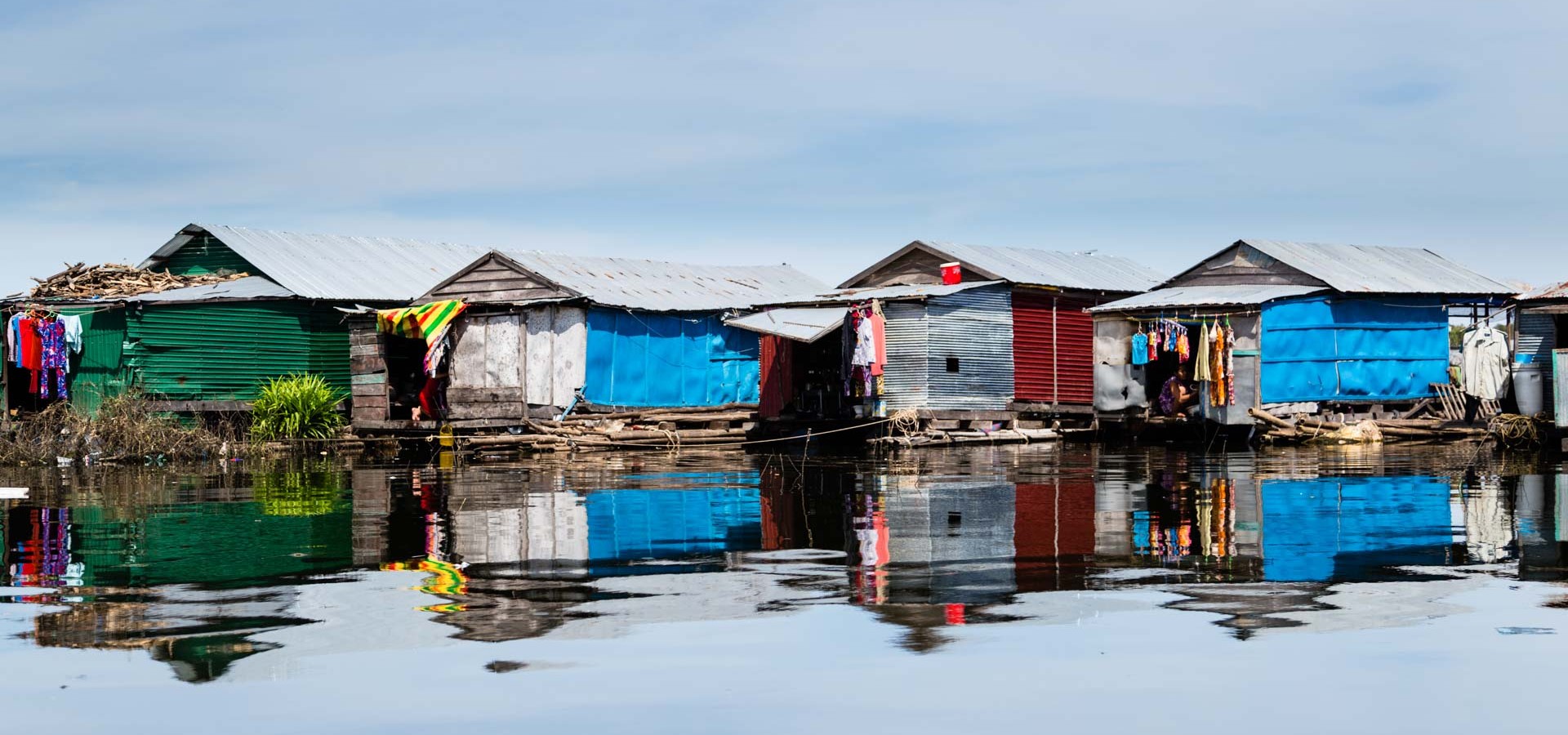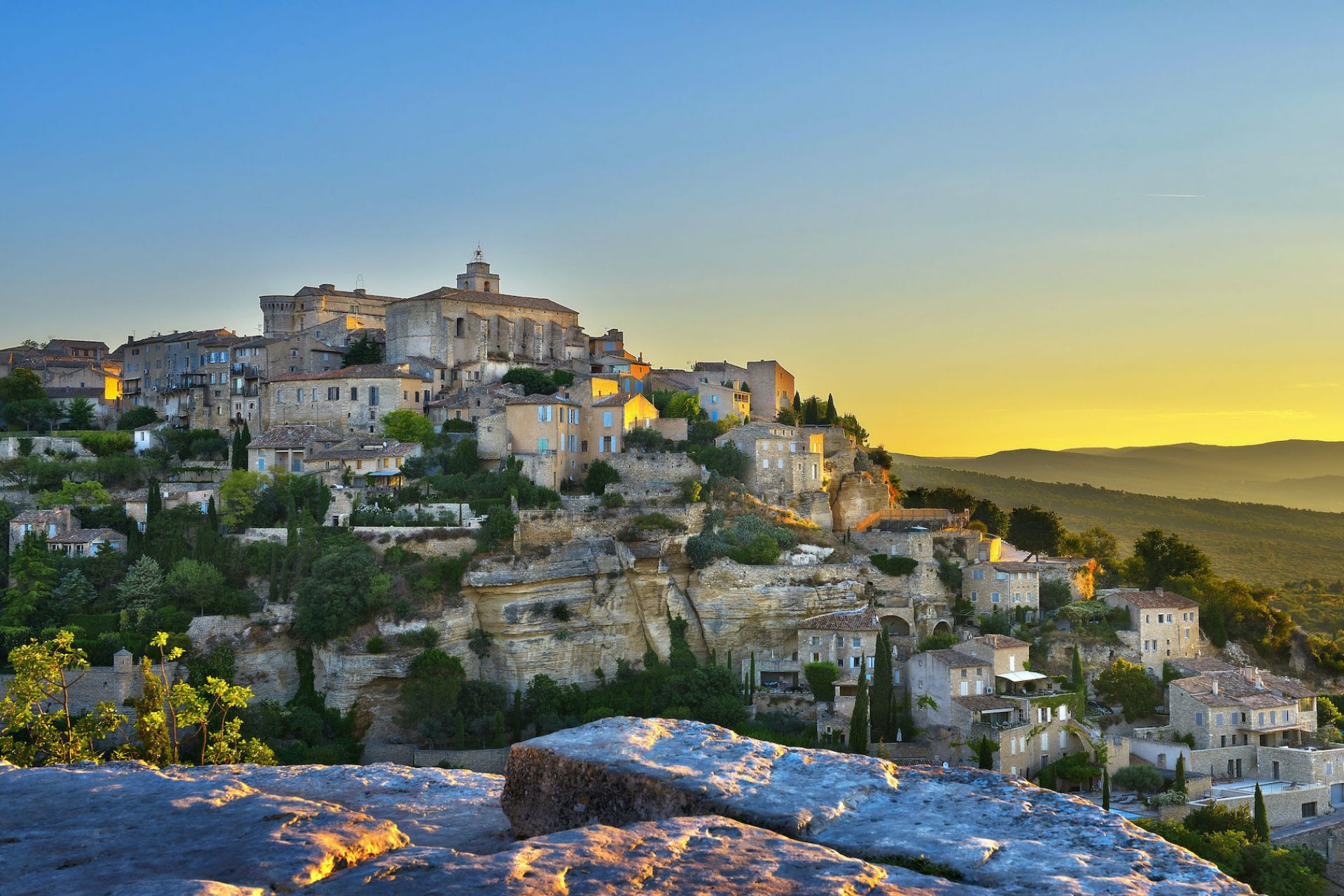Tonlé Sap is the largest freshwater lake in Southeast Asia, a sight in itself. But even more striking are the villages around and on the lake.
Approaching Tonlé Sap, we felt propelled back into the Neolithic Age. The small river running along the road towards the lake is lined with dwellings that look like giant spiders. On endlessly long, thin stilts, sit huts made of bamboo mats. Often these walls and roofs were in a dishevelled state, some people were able to afford corrugated iron. These structures look so fragile you would expect them to crash any minute into the swampy ground deep below.
Why would people choose to live high up in such raggedy wooden constructions? During the monsoon season, when all of Cambodia receives a lot of rainfall, something very unique happens: the rising waters of the Mekong River (which is connected to Tonle Sap) push their way into the Tonle Sap Lake, causing the waters to flow backwards (!) thus contributing to the swelling lake.
The many antennas poking high into the air surprise most visitors. Yes, there is TV, but don’t assume electricity from the grid has arrived in those huts, only half an hour’s drive from sparkling Siem Reap. It is batteries only.
The only means of transport is by boat, and motorboats seem to slowly gain ground. The heart of the villages is a real maze where only locals won’t get lost. On top of that, driving around by motorboat can be quite challenging, as houses are sometimes fixed to one another with ropes just below the surface. The floating houses are indeed moved over the year, depending on the level of water.
Even though Kompong Pluk and Kompong Luong, the two villages we have discovered, are now regularly visited by tourists on boat tours, the vast majority of the villagers and fishermen do not profit at all from this visitor influx in their neighbourhoods. Poverty here is disheartening, living conditions not much different to those in slums. Most of the people here are Vietnamese refugees with nowhere to go. They lost their citizenship after fleeing Vietnam and are not welcomed in Cambodia either. As if living in such misery was not enough of a burden, they became victims of pogroms as recently as 1998!




